The inhabitants of this island worship the "bird man", but to escape from this mysterious island
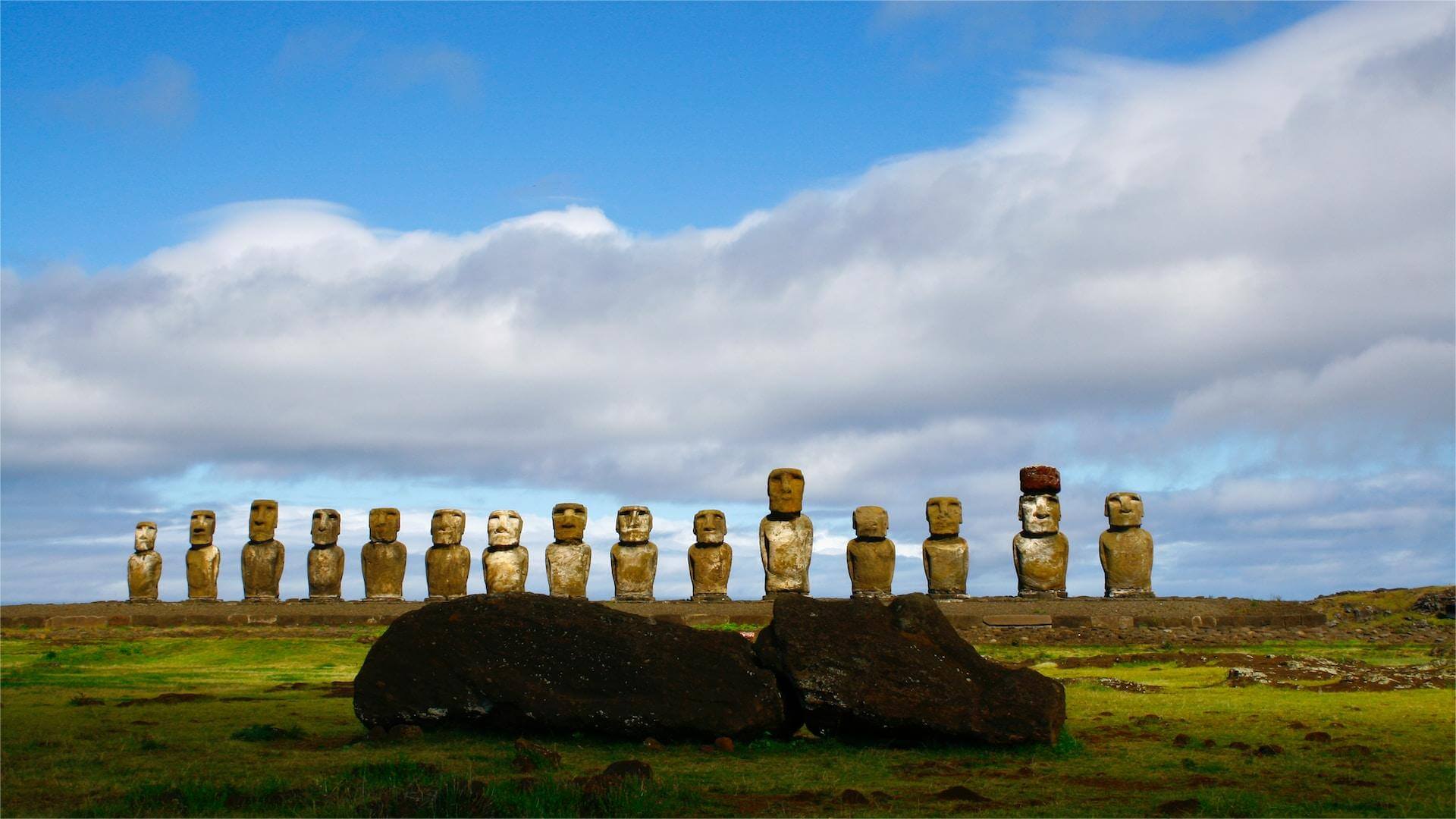
We live on a planet where many races of people have their own beliefs, and they hope that the gods they believe in will shelter them. And the Polynesians who live on small islands in the South Pacific mostly worship their ancestors. The most isolated island, Easter Island, is one of them.
The triangular-shaped Easter Island has an area of only 165 square kilometers and consists of three volcanoes distributed on the three corners of the island. The inhabitants of the island are concentrated in the small town of Hanga Roa in the southwest corner. Not far from the town is the volcanic lake Rano Kau, a huge volcanic lake that looks like a giant pond surrounded by reeds, now covered with various algae and plants, the reeds swaying gently in the sea breeze coming in through a gap in the corner. The lake looks a bit dirty, but in the midst of a vast ocean all around, this lake is one of the important sources of fresh water on Easter Island.
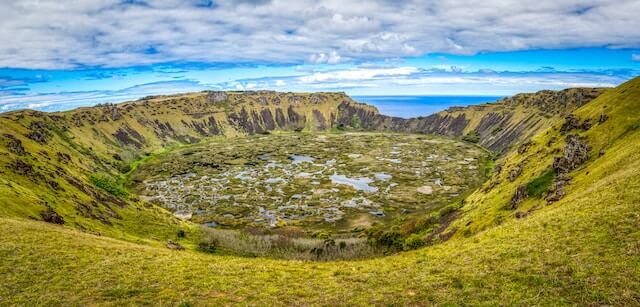
The tall stone statues on Easter Island are an important part of the island's traditional beliefs. The indigenous people of the island, called the Rapanui, cut the rocks and carved the statues in the likeness of their ancestors, putting "eyes" and "hats" on them, calling them "Moai ", hoping that these stone statues can protect themselves. However, in order to transport the stone statues, cut down a large number of trees, causing ecological imbalance, between the tribes in order to grab food to start a war, the sign of victory in the war is to push down the other tribe's stone statues and dig out the eyes of the stone statues. But even so, still can not solve the problem of no food. The desperate islanders, looking at the sea, began to realize that the stone statues could not protect themselves and gradually abolished their veneration of Moai. This is the tragedy of Moai, and the sad story of the islanders.
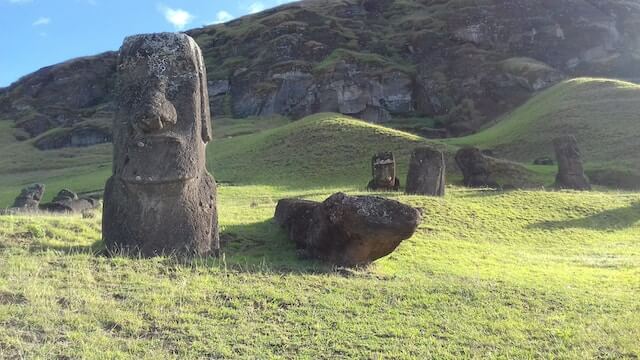
However, the people of Rapa Nui did not stop revering the gods, but turned their spiritual support to the free flying birds. Perhaps this was to express the desire to leave the isolated island. Later on the island turned to a "bird-man culture", imagining a species of birds with heads and bodies that could fly. They hold an annual "Birdman Contest", and the winner, called "Birdman", is the king of the island for the year. The contestant must jump from the cliff into the sea, swim through a shark-infested sea, swim to Motu Nui, a small island not far to the west, and wait there to get the first egg of the year from the tern to be considered a winner, and the islanders must listen to him for the next year.
With the discovery of Easter Island by the Europeans during the Age of Sail, the colonists not only broke the peace of the islanders, but also changed their beliefs.
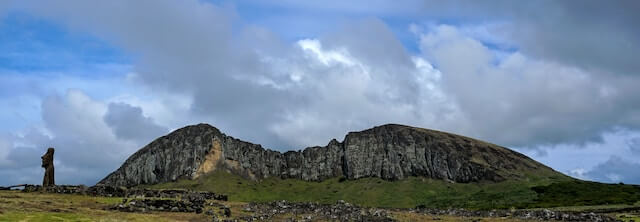
The village of Birdman was once a settlement for the islanders, but today there are 53 semi-subterranean stone houses scattered on the hillside, which have been cleared and protected. The islanders cut stone chambers into the volcanic body, with exits to the outside, and experts speculate that the structure was designed to cope with the island's changing climate and provide shelter from the wind and rain. Between 1974 and 1976, archaeologists restored a number of stone houses, while discovering more remains from the time of the rituals.
Look closely at the stone houses with the "bird man" carving, which conveys the islanders' desire to leave the island. In fact, there was once a tall stone statue of Moai in Birdman Village, and a sign in front of the largest ceremonial platform indicates the location of the statue, which was dug up and smuggled away by the British fleet that came to Easter Island in 1868 and is today on display in the British Museum in London.
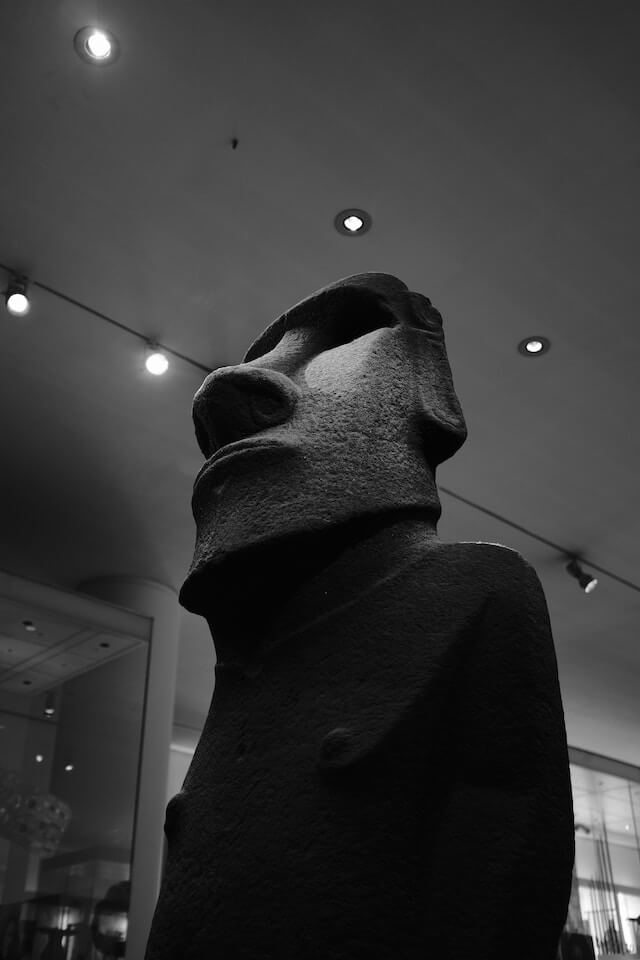
Birdman Village is much closer to Volcano Lake, and from the observation deck you can see the mouth of the lake from another angle. The plants and algae in the volcanic lake swayed in an eerie harmony, reminiscent of the introduction to the exhibition on the cult of the Birdman that we just saw, and made us imagine the mysterious legends of the island.
Those who have lived here for generations and who wanted to leave but could not, chose to worship at the highest point of the volcano, praying to the gods hidden between heaven and earth, where the purest faith of the indigenous people of Easter Island is contained.

